094 DVD-A / Felix Mendelssohn Bartholdy: Octet op. 20 & Quartet op. 44,1
Description
"[…]The composer would have been delighted with this interpretation of his octet: in the surround sound of the DVD Audio the listener sits in the middle of the eight musicians, who are placed around him or her in the form of four string trios. But it is not only the sound that we find so good: above all it is the pulsating music-making of the Auryn and the Minguet Quartets which is so enthralling. The overflowing melody, the wealth of colour, the swing and bounce of the music are quite remarkable. Strong musical fire burns in this interpretation…" (pizzicato)
"(…) This has been my personal favorite Mendelssohn work most of my life. My favorite performance has been an old mono one from Toscanini in an expanded arrangement but the superb playing and in-the-room realism of this multichannel effort could easily replace that old classic in my estimation. The quartet is also exquisite, full of lovely tunes and perfect proportions." (Audiophile Audition)
3 reviews for 094 DVD-A / Felix Mendelssohn Bartholdy: Octet op. 20 & Quartet op. 44,1
You must be logged in to post a review.

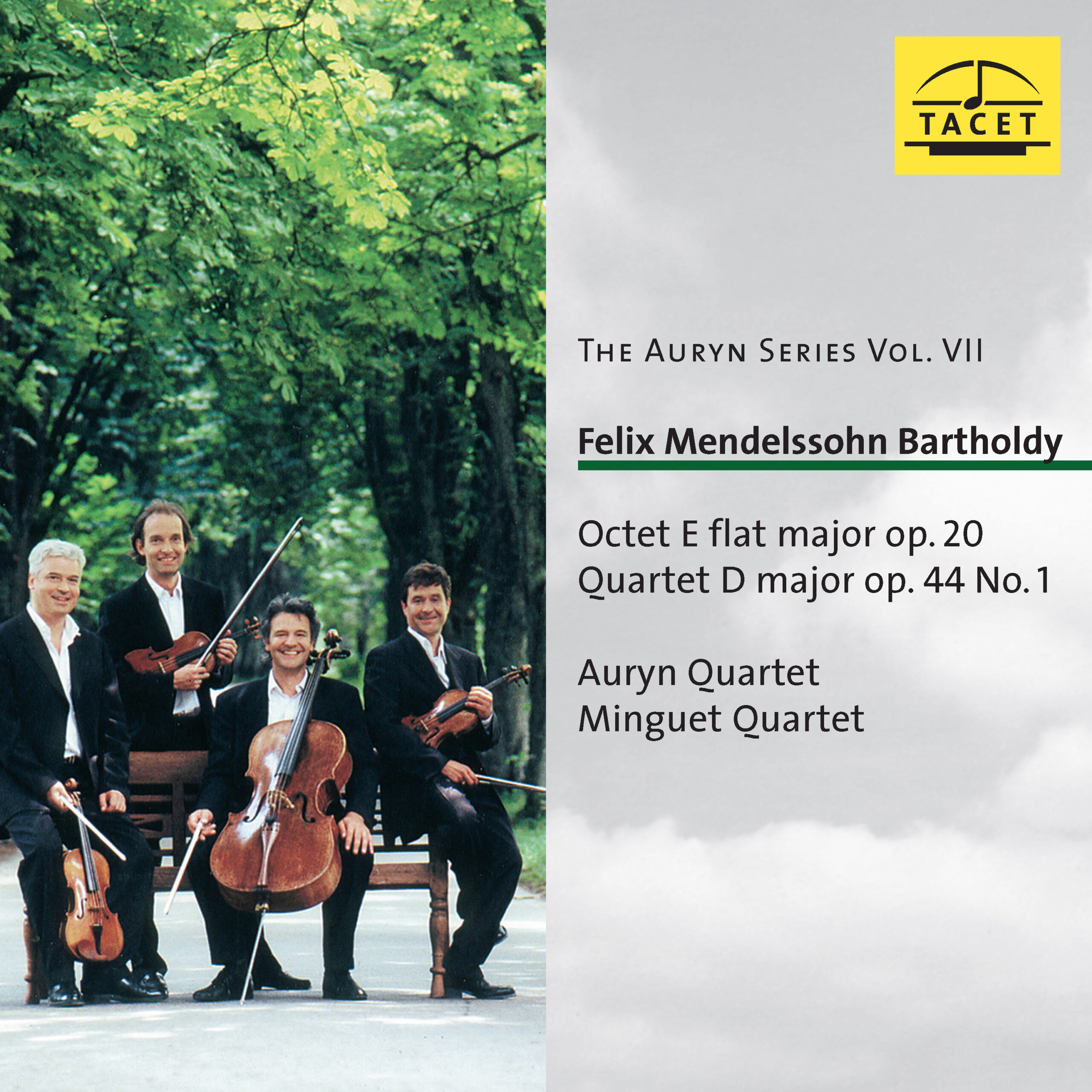
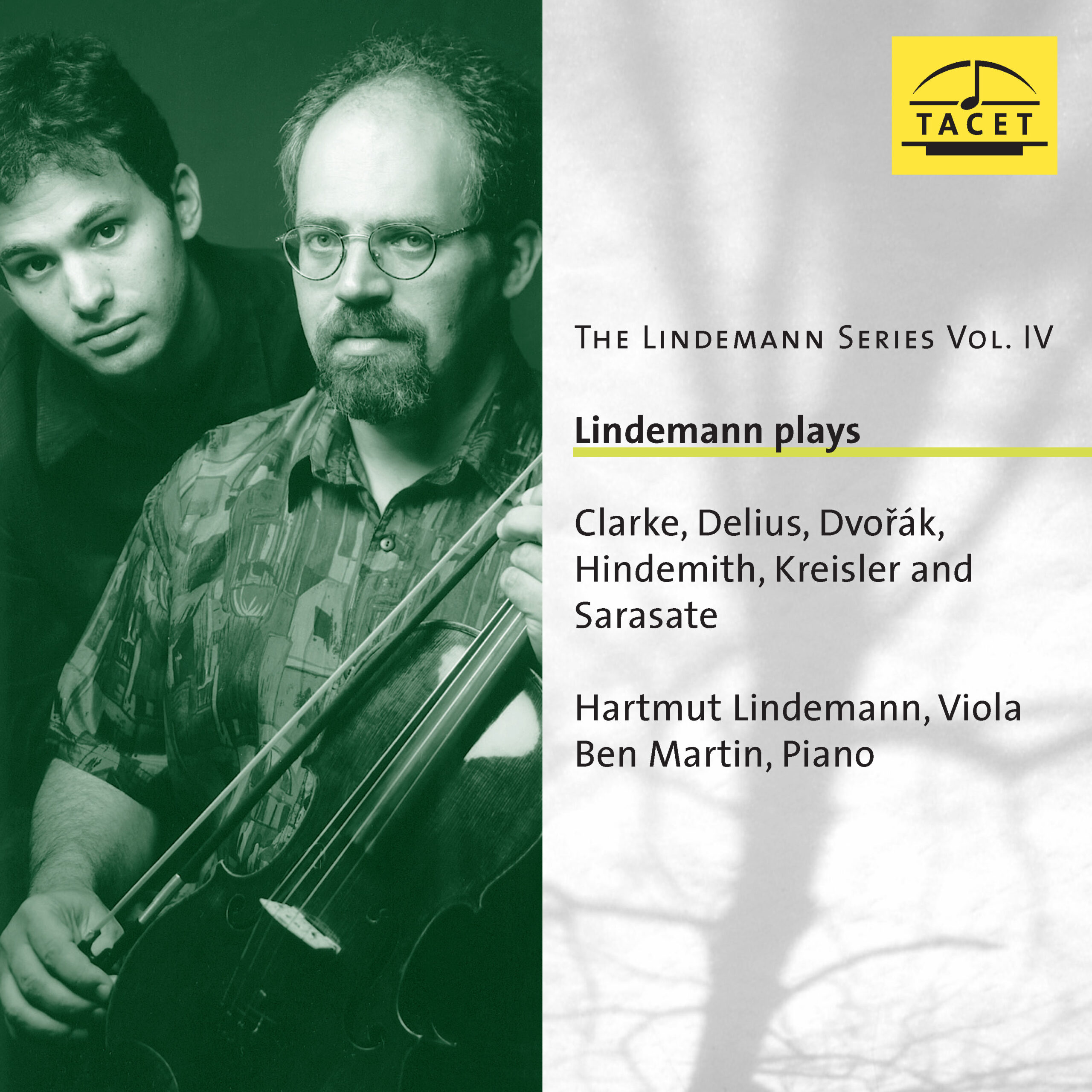
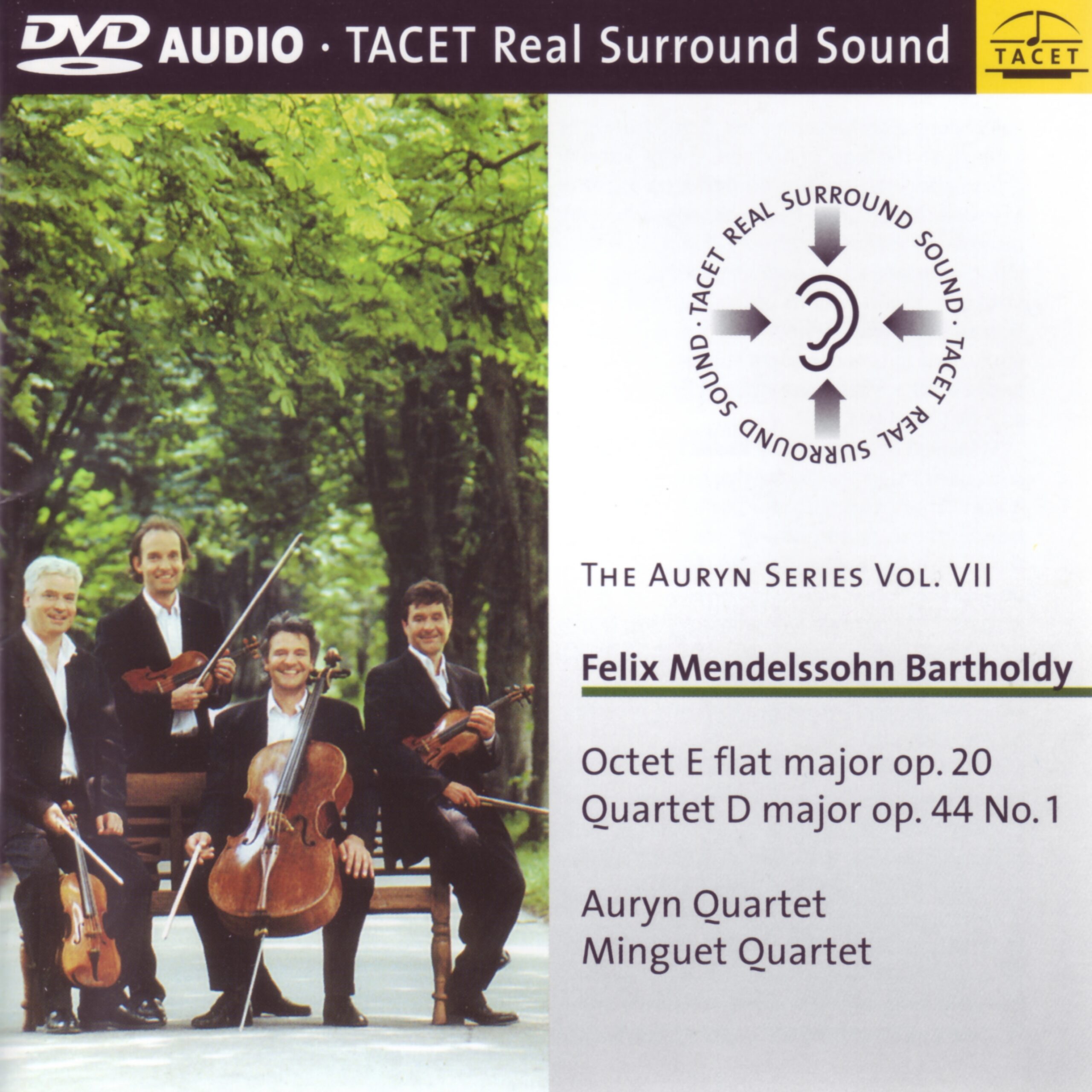
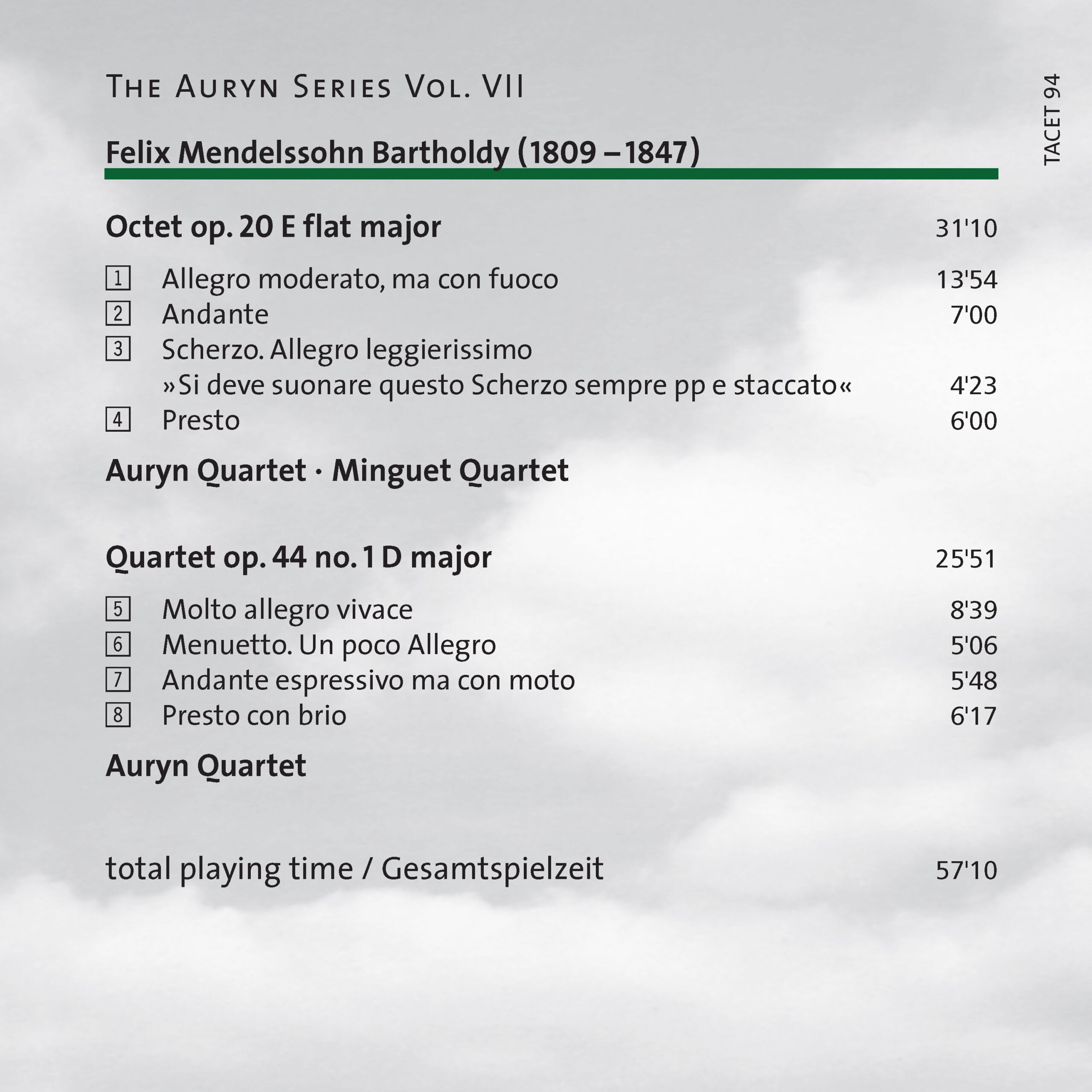
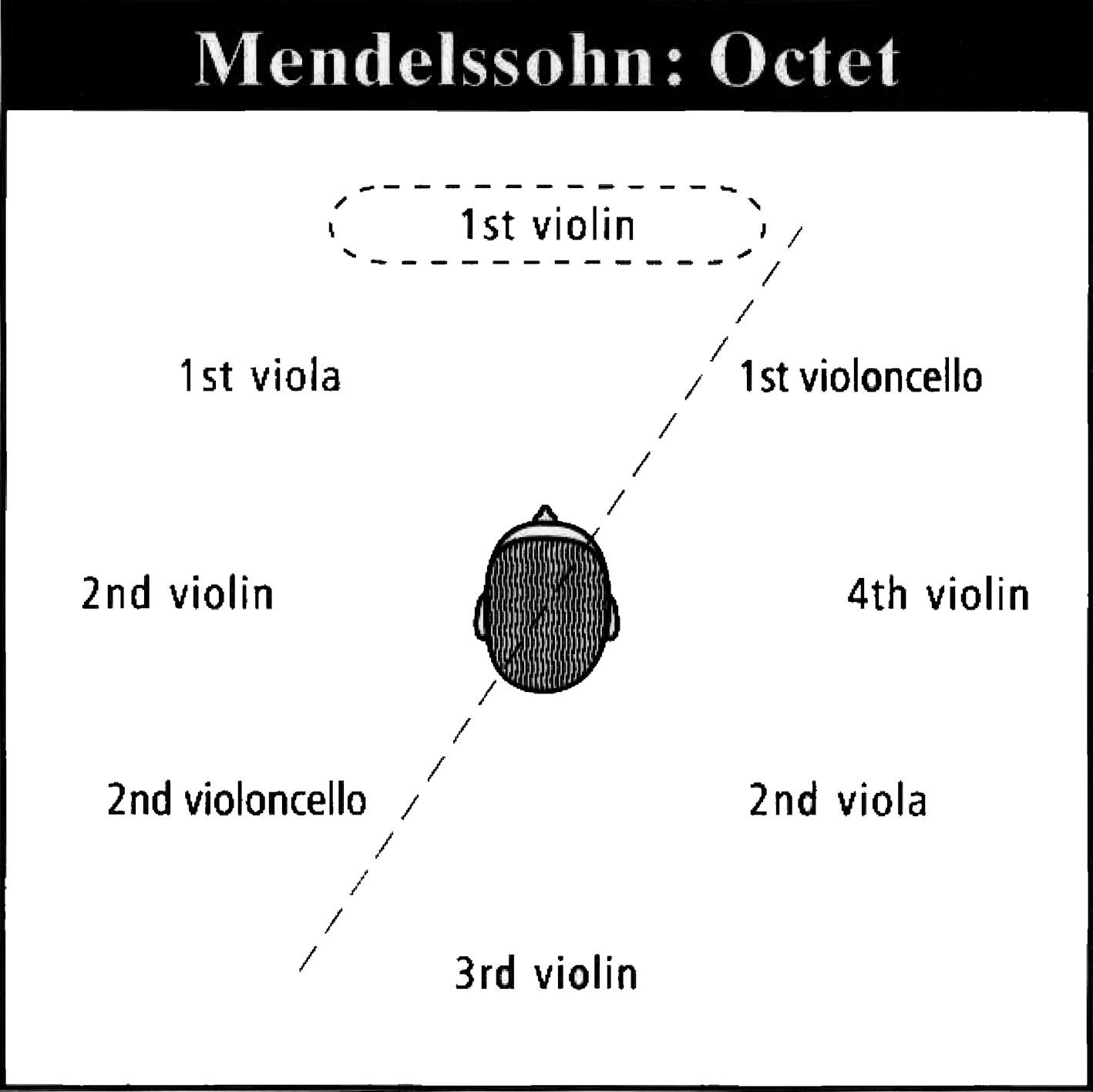
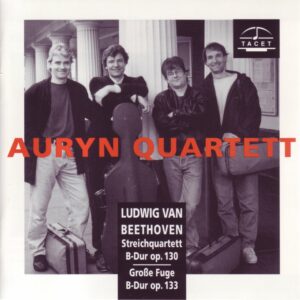
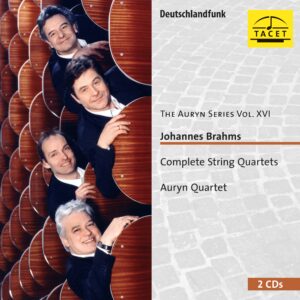
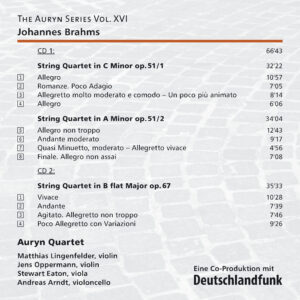
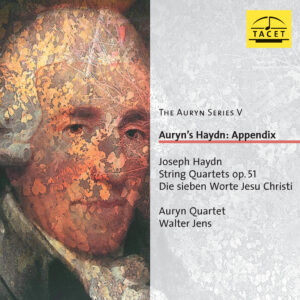
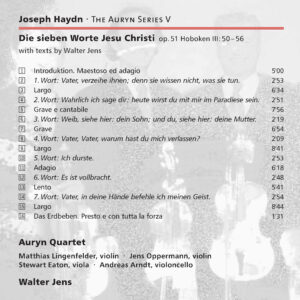
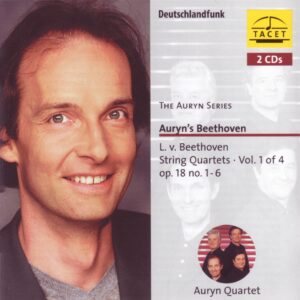
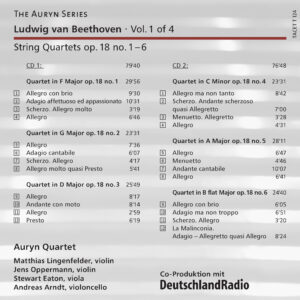
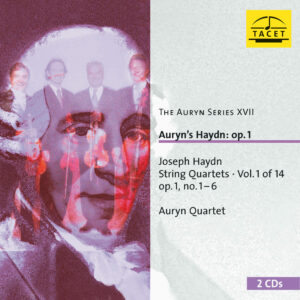
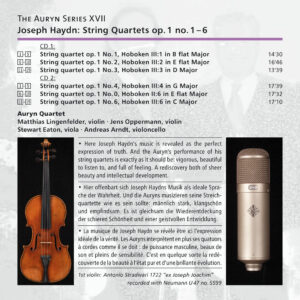
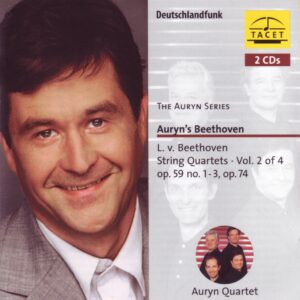
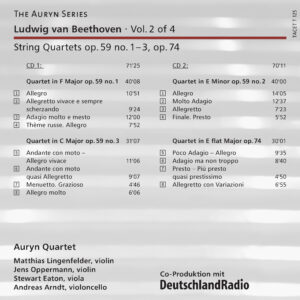
Audiophile Audition –
The spatial layout for this Tacet disc is even more unusual than the Mozart flute quartets. Producer Andreas Spreer reports that he always felt stereo recordings of string octets missed the feeling a performer in the octet has of being part of a large orchestra. By spreading the instruments around in a circle - basically with one string quartet around one half of the circle and the other around the other half - the listener is right in the middle of the octet and there is a much more open sound. He likens this position to that enjoyed by the Mendelssohn family cat when they all got in a circle to play this brilliant composition of the 16-year old boy.
As the listener turns his/her head around the circle each point of the compass has a string trio directly in front - the violins alternating with the lower-pitched instruments, the viola and cello. For the string quartet the players are no longer placed one to a speaker but spread across the front in normal positioning. This has been my personal favorite Mendelssohn work most of my life. My favorite performance has been an old mono one from Toscanini in an expanded arrangement but the superb playing and in-the-room realism of this multichannel effort could easily replace that old classic in my estimation. The quartet is also exquisite, full of lovely tunes and perfect proportions.
John Sunier
HiFi Forum –
Sound with New Perspectives
The classical label Tacet is exploring new sonic perspectives for listeners and music producers through audio DVDs. In a special presentation, sound engineer and label head Andreas Spreer demonstrated to the Fono Forum editorial team the creative possibilities offered by multichannel technology.
Sound with New Perspectives The classical label Tacet is exploring new sonic perspectives for listeners and music producers through audio DVDs. In a special presentation, sound engineer and label head Andreas Spreer demonstrated to the Fono Forum editorial team the creative possibilities offered by multichannel technology. Some might say: It’s about time serious music producers engaged with the aesthetic reordering of multichannel recordings! Among audiophile music fans, there is widespread—and often justified—skepticism about surround sound, frequently dismissed as unnecessary or even nonsensical. For example, MDG producer Werner Dabringhaus rejects conventional 5.1 speaker setups with a center channel and subwoofer as inadequate, instead working with his 2+2+2 system to achieve three-dimensional acoustic spatial capture. Sound engineer and Tacet CEO Andreas Spreer, however, sees things differently. At this year’s High End show, he presented new multichannel DVDs designed to dispel reservations about standard surround setups. In a special preview for Fono Forum, we were able to experience the label’s sonic concepts firsthand.
"We work very closely with the score, carefully distributing the orchestra and soloists around the listener. This creates new perspectives and certainly a new aesthetic of sound," explains Spreer. What has long been standard in theater—extending the stage into the audience space—also fascinates this Stuttgart-based sound engineer. "Now we need what you might call ‘sound directors’ who can artistically handle such challenges. Multichannel is here to stay. If we don’t develop meaningful ways to use this technology, we’ll leave the field entirely to the gimmick-makers. That would be a shame." Everyone can decide for themselves what—or who—that refers to. According to Spreer, what’s needed is a new studio profession: the "sound director", who, like their theater counterpart, should bring their own modern interpretive vision to the table. "Only when the score allows it, and when the director has the artistic sensitivity to develop an interesting acoustic perspective, do multichannel recordings make sense," Spreer adds. "For a chamber music piece, this naturally looks very different than for a symphony or a solo work."
He demonstrated what he means using recent Tacet productions. The approach is still relatively restrained in the Bach motets, where the listener is positioned between the two choirs—exactly where conductor Matthias Jung stood during the recording. It becomes far more imaginative—and partly justified by the composition’s structure—in Mendelssohn’s and Schubert’s chamber music, where the listener finds themselves, as in the experimental quadrophonic era, right in the middle of the performing circle. The effect is entirely surreal in Schubert’s Impromptus, which primarily sound from behind. Spreer’s instruction: "Imagine you’re driving in a car and hearing this music behind you." Unjustifiable interference or playful perspective? "That’s for the listener to decide," says Spreer. "Our task is to create new listening spaces with technologies that many consumers already have access to. We’re only at the beginning."
Udo Pipper
Répertoire –
It is interesting to move immediately to another quintet as seen by the Tacet label: Schubert’s D. 956. Here the intention—already advocated previously—is to make DVD-Audio multichannel a genuine vehicle for new sonic experiences. While on the MDG DVD one never quite knows where one is positioned and how the instruments are arranged, here there is no doubt: once again (cf. the Schubert Trout DVD) the listener is placed on stage, in the midst of the performers, and the rear channels are fully employed. Yet, although the impression is much more powerful, the Tacet DVD avoids any sense of suffocation, for the air circulates far more freely than with MDG. One may hate it, but the experience is all the more fascinating in that the Auryn Quartet offers us an excellent version of this masterpiece. A word of warning: the treble is merciless toward aggressive electronics.
The pleasure is even more intoxicating in the case of Mendelssohn’s Octet, where the Minguet Quartet joins the Auryn Quartet (who also play the Quartet op. 44 as a complement). The layout, illustrated in the accompanying diagram, demonstrates better than any commentary just how boldly Tacet embraces multichannel technology in order to create unprecedented, yet musically logical, sound environments. The result is a rare and astonishingly “physical” experience of music.
Christophe Huss
___________________________
Original Review in French language:
II est intéressant de passer tout de suite après un quintette vu par le labet Tacct: le D. 956 de Schubert. Là le parti pris, déjà défendu précédemment, est de faire du DVD-Audio multicanal un véritable véhicule pour des expérience sonores nouvelles. Si dans le DVD de MDG, on ne sait pas vraiment où l′on se situe et comment sont placés les instruments, ici pas de doute: à nouveau (cf. le DVD de ′La Truite′ de Schubert) l′auditeur est placé sur scène au milieu des instrumentistes et les canaux arrière sont sollicités à part entière. Mais, alors que l′impression est beaucoup plus forte, le DVD Tacet n′entraîne aucune sensation d′étouffement, car l′air circule davantage que chez MDG. On peut détester, mais l′expérience est d′autant plus fascinante que le Quatuor Auryn nous donne une excellente version de ce chef-d′oeuvre. Attention : les aigus sont impitoyables pour les électroniques agressives. Le plaisir est encore plus enivrant dans le cas de l′Octuor de Mendelssohn, où le Quatuor Minguet se joint au Quatour Auryn (qui interprète en complément le Quatuor op. 44). La disposition, illustrée sur le schéma ci-contre, montre mieux que n′importe quel discours à quel point Tacet prend la technologie multicanal à bras-le-corps pour créer des environnements sonores inédits, mais musicalement logiques. II en résulte une experience ′physique′ de la musique rare et étonnante.
Christophe Huss